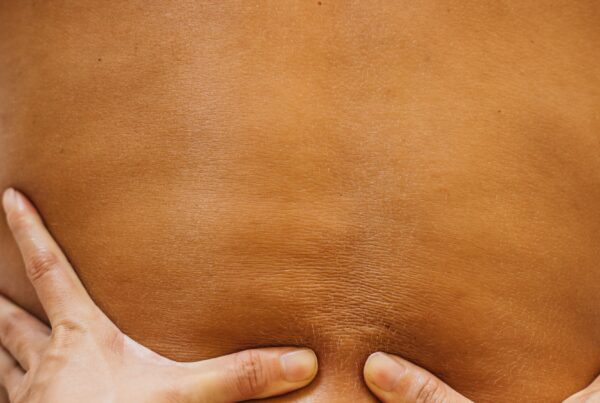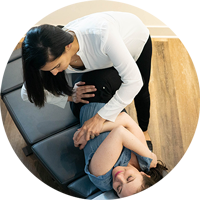Foam Rolling, also known as Self-Myofascial Release (SMR), is a technique once used only by professional athletes, coaches, and therapists. Today it has become a familiar everyday practice for people at all levels of fitness. According to Muscle and Fitness, foam rolling can help a runner train harder, look better, and reduce injury.
Considered one of the most effective tools for recovery and injury prevention, foam rolling preps muscles for stretching and improves circulation. RunnersWorld advises that if foam rolling is used only to rehab injured muscles, a runner is missing out on all the many benefits SMR provides, from improved circulation to improved range of motion and flexibility.
There is an increasing consensus that runners should be using a foam roller before and after training, as well as on recovery days. This could mean the difference between trouble-free running and weeks out with injuries.
Rolling as little as 5 minutes before a workout can have a great impact on the quality of each training session. The National Academy of Sports Medicine believes using a foam roller can be a healthy part of a runner’s warm up and cool down routine.
Known as the “poor man’s massage”, foam rolling will never completely replace therapists, but it is considered a great and healthy alternative. As RunnersWorld.com points out, if unsure of any of the foam rolling techniques, seek the advice and assistance of a professional.
To get you started, here’s a How To Video to Roll Away Lower Back Pain. If you have any questions, don’t hesitate to contact our Physical Rehabilitation team who can help you focus on muscle strengthening and honoring and overall improvement of mobility and balance.
Sign up for our free newsletter or follow us to get healthy tips, special offers, and more!
Locations
© 2024 Aligned Modern Health
- Services
-
Heal faster and more effectively
We offer multiple treatment options and specialists under one roof to address everything from pain to dietary imbalances to emotional health - without the use of drugs or surgery.
-
- People
-
Top-rated healthcare providers, changing the face of healthcare
Whether you want to eliminate pain, increase your energy, or address unresolved symptoms of existing health concerns, our team is ready to work with you to create a roadmap for optimal wellness.
-
- Locations
-
Convenient locations throughout Chicago and Suburbs
As a leading wellness center in the Chicagoland area, Aligned Modern Health is committed to serving you wherever you are. Explore our locations to find the most convenient clinic for you.
-
- Resources
-
We believe that the greatest medicine of all is to teach our patients how to not need it.
We pride ourselves in leadership through patient and community education that goes beyond our clinic walls. Every visit is backed by added-value resources, comprehensive support, and community experiences to help you achieve all your wellness goals.
-
- Articles
- Shop
- Book Now








